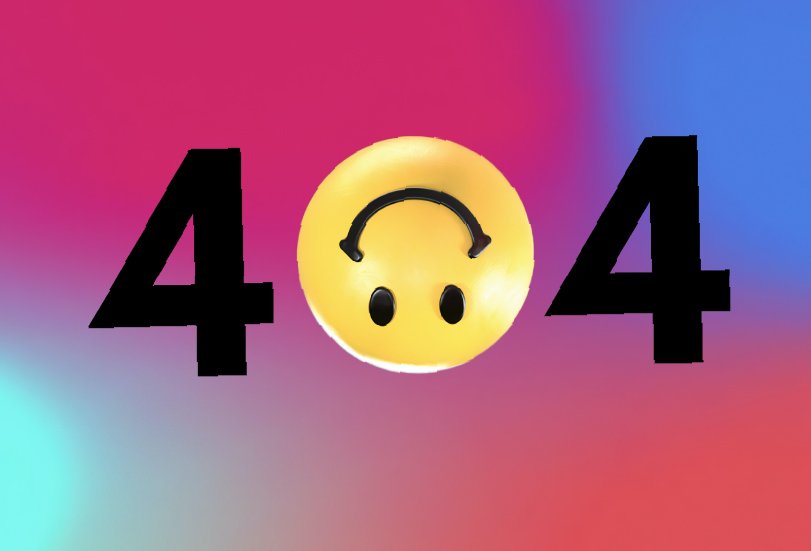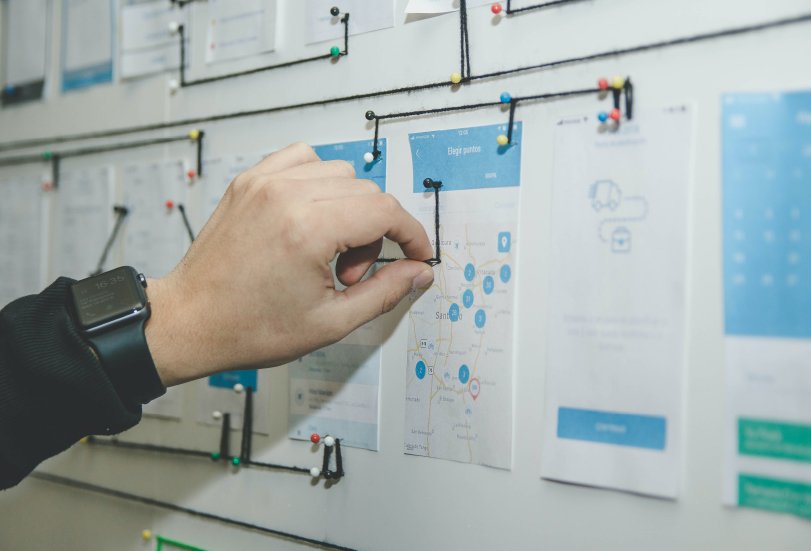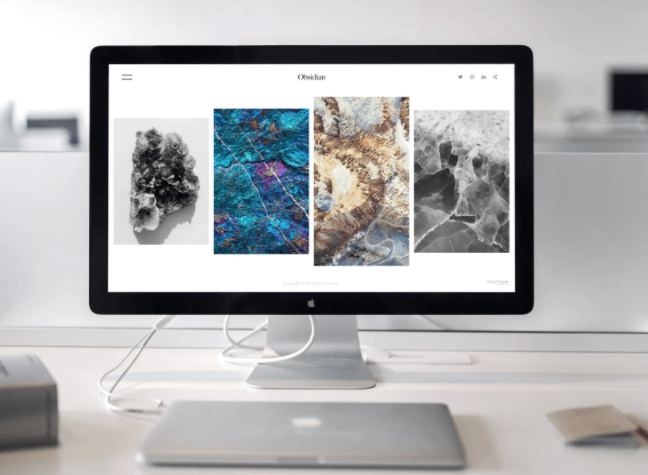Is UX Design for me?
Are you interested in UX design? And you want to get into this field?
I’m going to share with you the reasons as to why you should become a UX designer, what does a UX designer do and the features and skills that are required to become a good UX designer, but first, let’s take a look at what is a UX designer.
What is UX design?
For anyone who doesn’t know what the term stands for, UX design stands for User Experience Design, in other words designing the experience a customer would have with any given product. The word itself was developed by Don Norman, I guess you could call him the “Don” of UX design… if you know what I mean. UX designers meddle with psychology.
How people behave when using an app, how people read, how people look for solutions and even what colour they like!

Are you cut out for the job?
Apart from all the technical abilities, a great UX design is someone who loves to solve problems and has a curious mind to understand why people do the things they do and what’s drives this behaviour.
UX designers need to also be good collaborators as the role of a UX designer is not a solitary one. Have you got a good eye for detail, then you’d be right at home with UX designing because when designing products it’s important to make sure every detail of the product is functional and backed with reasoning.
What does a UX designer do?
UX design is more of a people-focused profession, as you will have to work with teams of businessmen, developers and visual designers communicating and conducting research, workshops, presentations, collecting data and carrying out experiments on customers.
Some UX designers also act as the connection between customers and the company or industry.
Responsibilities of a UX designer
- Conducting research and gathering information from the company or industry regarding their product and requirement.
- Analysing information and using tools to present that information to the team.
- Running workshops and discussions with the team to generate ideas and understand where the focus of the product should be.
- Creating wireframes and dummies that include details regarding the product design.
The three criteria’s – desirable, useful and usable

Product A
The usefulness of this product would be to hold hot tea, which both products deliver
But the usability and the desirability varies with the two products:
Usability – Product A has a nice little handle on the side to hold your hot tea without actually burning yourself, whereas, Product B does not and you’ll probably end up dropping your hot cup of tea
Desirability – Product A looks like an ordinary teacup but product B has a unique structure that some customers might really like

Product B
A good product is designed when all three criteria’s are ticked. UX design is shaping the world as more companies and industries focus on customer feedback and customer behaviour, as a result, there’s a huge demand for good UX designers all over the world
What features and skills should you develop?

1. Observation skills
When you observe the world around you, you gain inspiration that can later be used in your designs and eventually leads to the creation of original and unique pieces of design that can’t be found online or in any textbooks.
The more desirable a product is, the more likely the user would start bragging about it, which means other users would desire it and grow product popularity, thereby helping the product thrive on the market.

2. Understanding problems
In the field of UX design, once you understand the product and its details, the project is already half done therefore, before trying to solve the problem, try fully understanding what the problem is and only then look for the solution.

3. Have a design flow
From the start of designing to bringing the product to life and evaluation, have a flow of how things should work and how they have to be carried out, this will ensure that your work is complete and you haven’t missed out on any important information or parts
NOT TO WORRY ABOUT YOUR SKILL, BECAUSE…
Skill is something that gets better the more your practice and not impossible to perfect, here are some ways you can improve your skill:

1. Daily research and reading
Everything is shifting so quickly that mastering topics like colour theory, typography, layout and alignment, and human-computer interaction are essential if you want to be top of the list. People have a certain way of interacting with products, and it’s your duty to make way for them. To do so, you’ll need to observe their behavior in various situations and learn how people think and what they’re searching for while using a product.

2. Recreate existing designs to build skill
Recreating designs that already exist will allow you to grab a sense of spacing, size, colors, and so on. This is not an issue as long as you do not sell the designs and simply use them for practice. Ask yourself questions to help you understand what makes that design unique. Concentrate on certain design components like navigation bars, buttons, and colors, among others.

3. Work as a freelancer
Freelancing allows you to try new things and step outside of your comfort zone. What better approach to improve your talents than to take on new challenges, innovate design styles, and practice them?
Freelancing does not require certification, as long as the client is satisfied with your work, that’s all that matters, in addition, it can help you learn how to connect with clients, plan your time, and deal with difficult situations that require changes to your design.

4. Presentation skills
When you can clearly communicate and pitch an idea well to developers, colleagues and clients, the chances of your design being approved are high and this is how good UX designers are made.

5. Desire to learn
UX designers have to always keep up with the quick advancements in technology, learn the new Softwares and follow the latest design trends.

6. Focus on the customers
Designers should always focus on the customer’s experience with the product, how are the customers using the product? What are their limits? Would they find this feature difficult or confusing? Are some of the questions UX designers ask themselves while designing any product.
In the end…
It all comes down to what you want to do most, but if you’re a person that like to make changes in people’s lives and have the urge to create something every day then UX design IS for you, as it allows you to use your ideas and make an impact with how people use product thought out their life


